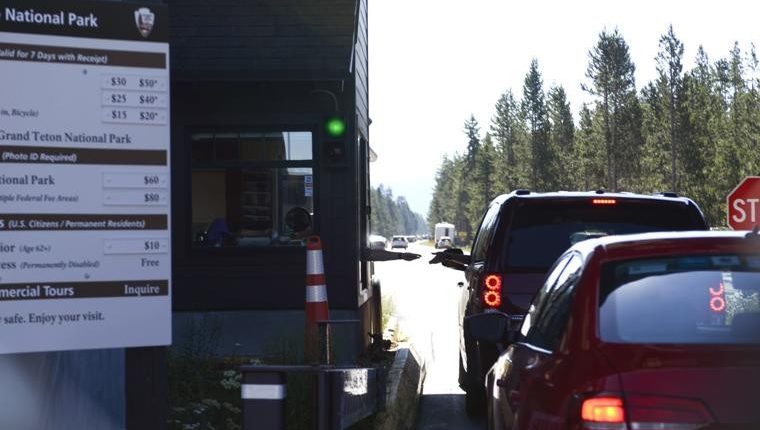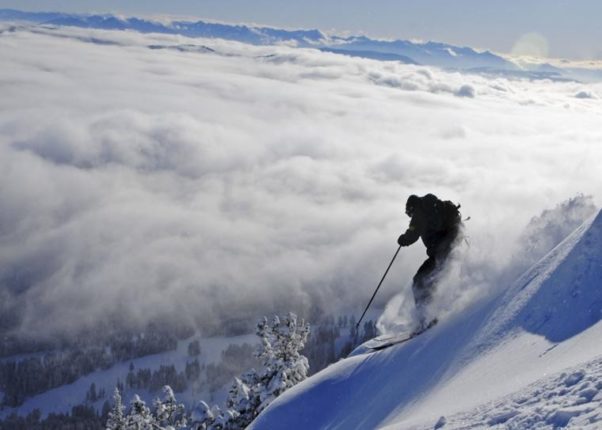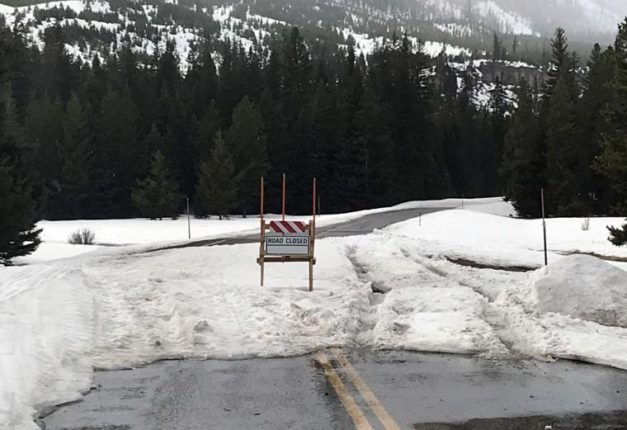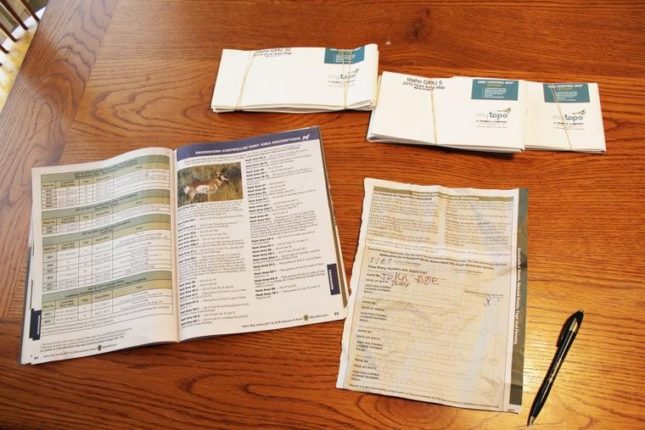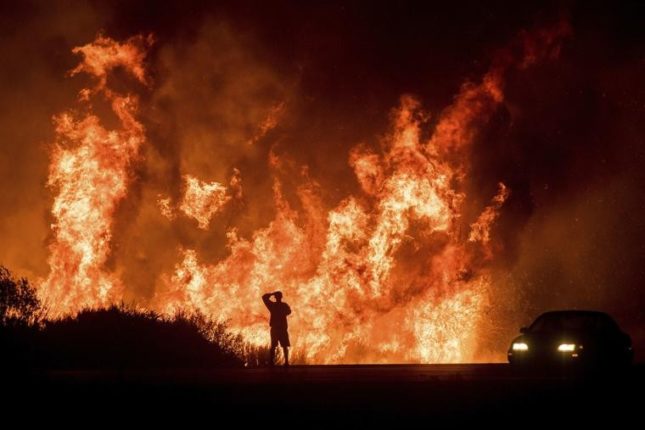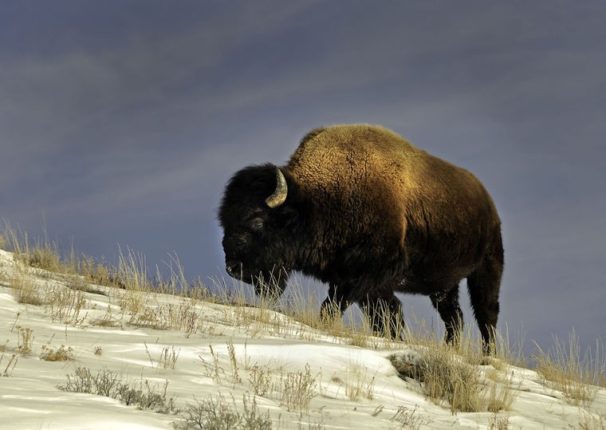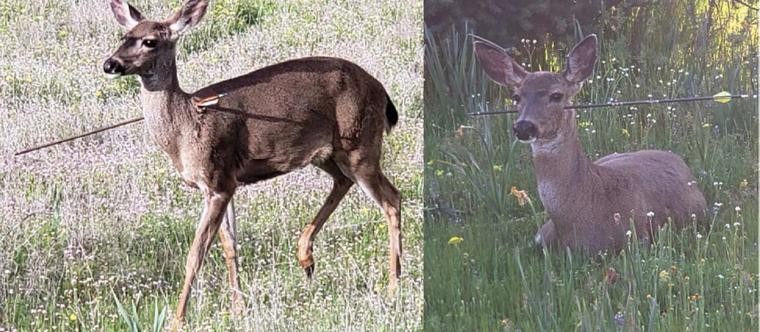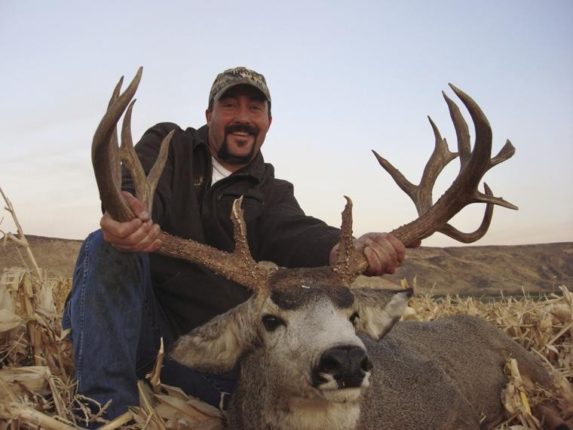BOISE, Idaho (AP) — There’s a sense of relief at the U.S. Forest Service because of the billions of additional dollars made available by lawmakers over the next decade to fight catastrophic wildfires but also a duty to spend it wisely, the acting chief of the U.S. Forest Service said Wednesday.
Vicki Christiansen, speaking at the National Interagency Fire Center about the recently approved Wildfire Disaster Funding Act, said the money will help the agency avoid raiding other parts of its budget and allow work to prevent wildfires while also tackling a backlog of trail and road maintenance.
“We really have an opportunity to put the work on the ground, improve the conditions of the national forests and create more opportunity for access and recreation as well,” she said.
Also taking part in the news conference was Republican U.S. Rep. Mike Simpson of Idaho, Democratic U.S. Sen. Ron Wyden of Oregon, and Republican U.S. Sens. Jim Risch and Mike Crapo of Idaho. The lawmakers for about five years had been trying to pass the legislation to pay for catastrophic wildfires rather than using money from elsewhere in the Forest Service’s budget, a practice termed “fire borrowing.”
“The passage of our legislation to end fire borrowing means today that westerners can celebrate an uncommon triumph for common sense,” Wyden said.
Previously, a 10-year average of firefighting spending was used to set the Forest Service wildfire fighting budget.
But the wildfire season has become longer and wildfires themselves more destructive in the last several decades. In 1990, the Forest Service spent about 13 percent of its budget on wildfires. Last year it reached 55 percent at $2.4 billion, a season that saw 8,500 homes and business destroyed, about 15,500 square miles burned, and 14 wildland firefighters killed.
Experts at the National Interagency Fire Center at the news conference predicted another tough wildfire season this year for the U.S. West.
The Wildfire Disaster Funding Act this year gives the agency $3.2 billion to spend fighting wildfires and another lump sum next year. Starting in 2020, the wildfire budget will be fixed at $1.1 billion but the agency will be able to tap into about $2.2 billion to pay for catastrophic wildfires. That $2.2 billion cap climbs to nearly $3 billion by 2027.
The Forest Service manages about 300,000 square miles that include 154 national forests, 20 national grasslands in 43 states and Puerto Rico.
Wyden last week asked Christiansen to prepare a document explaining how the Forest Service planned to spend money now available for use outside of fighting wildfires. Christiansen said Wednesday the agency had drafted an outline and expected to present a completed version to Wyden and other senators in five or six weeks.
Besides the infusion of money, the Wildfire Disaster Funding Act includes aspects intended to streamline some forest projects, including allowing logging through “categorical exclusions” that limit some objections.
Jonathan Oppenheimer of the Idaho Conservation League, an environmental watchdog group that has challenged federal land management agencies in court, said the group generally backed the new law because of the negative impacts to campgrounds, trails and roads that the Forest Service couldn’t afford to maintain under the previous budgeting system.
“It really has had a significant impact on Idahoans and other American’s ability to utilize and enjoy their public lands, so we see this as a big step forward,” he said.
